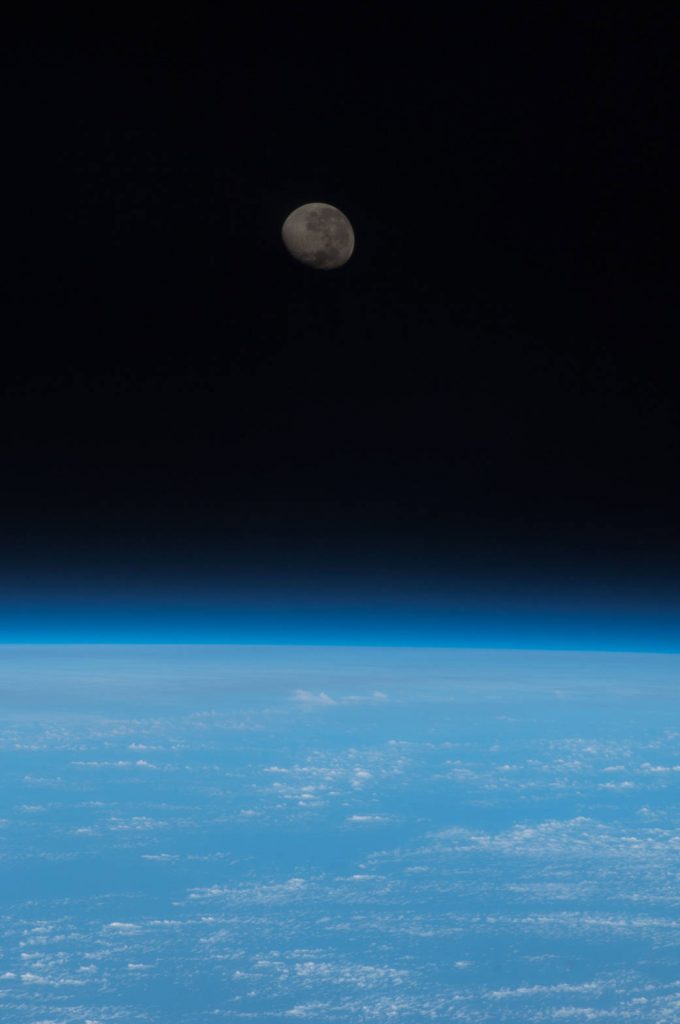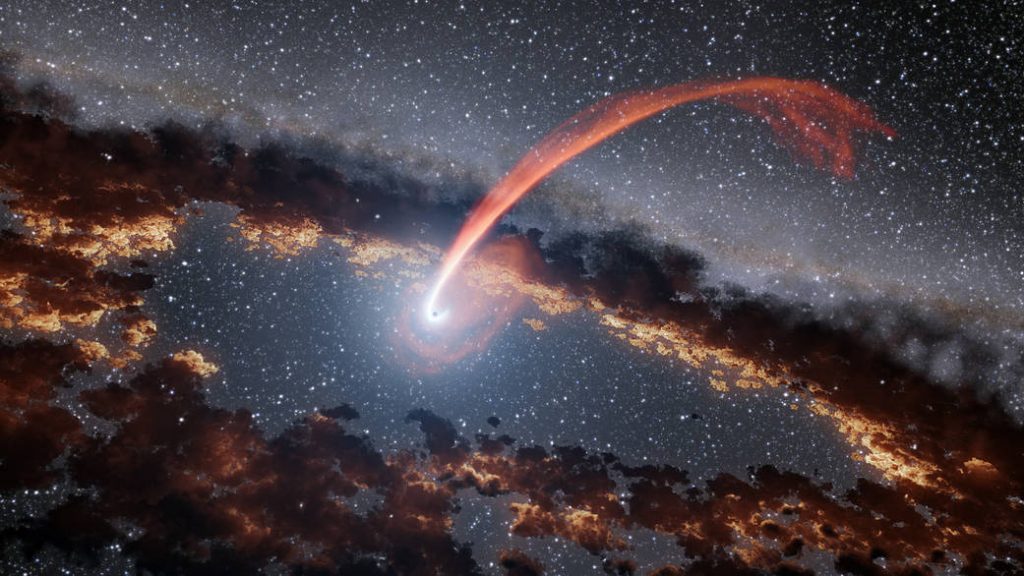How things have changed! This researcher remembers thick, well thumbed-through paper bound catalogs with grainy images of the earth from space with impossibly long identifying numbers that one would note, and then order(snail mail) copy negs from and wait…6,8,10 weeks to receive!

NASA, as will surprise nobody, is great (no: change that: the best: because they need to be) at recording stuff; so it will come as no surprise that they have an amazing archive of space-related imagery. Their website (see below) is updated on a daily basis, providing glimpses into the many facets of their incredible projects.
To focus on just one: an image titled “Expedition 48 Crew Lands safely on Earth” is a magnetic portrait of three astronauts – NASA astronaut Jeff Williams, and Russian cosmonauts Alexey Ovchinin and Oleg Skripochka – having made landfall in rural Kazakhstan on September 2016, at the end of their mission on the spacecraft Soyuz TMA-20M.
There’s something endearingly human, seeing these fragile space adventurers sitting on field chairs (presumably to help them recover from experiencing earth’s heavier gravity) in their cosmic uniforms, being attended to by an appreciate ground crew. It’s a group effort – the three attended by huge numbers of support staff – and it’s collegial and humane. Even more so, when one realizes that only sixty years earlier, Cold War anxiety meant that America and Russia were waging a literal propaganda war using space as a public relations chess piece.

Examining this image for larger meaning is one thing; and might be called looking at the bigger picture; but NASA has MUCH bigger pictures than that if you want. Consider an image “Hubble Peers into the Storm”: of the Large Magellanic Cloud as viewed by the Hubble: a mix of dark dust and glowing gas in one of the Milky Way’s satellite galaxies. According to NASA’s contextual information, this is capturing a stellar nursery known as “N159.” That’s right; not just one star, but a nursery of stars… in one corner of the frame…
So… pretty big (try not to think about it too much).
The good news for those who will never venture beyond this planet, is that we can navigate through an incredible array of imagery that takes us through every aspect of space exploration. NASA has always been interested in promoting its efforts to a wider public, both in terms of using the material to engender public relations support for its tax-payer funded efforts, as a non-commercial educational usage; but also with the less prosaic urge of a community determined to simply share the spoils of these fantastic labors: to share their “answers” to “everything” over a period of “infinity” with their fellow humans.
This is why, and this may surprise some, that NASA has a fairly benign usage policy for these images, often free for both commercial and non-commercial use. Of course, they are not beyond commercial exploitation of their imagery (and so they shouldn’t be); but the guidelines of usage are accommodating:
(http://www.nasa.gov/multimedia/guidelines/index.html)
News outlets, schools, and text-book authors may use NASA content without needing explicit permission. In some cases, there are restrictions, especially with regard to usage of the well-known NASA logo; and likenesses of NASA employees (in a quaintly human scale perspective, it seems we can look into the heavens, via Hubble, and gas giants, and dwarf stars, and thereby into the face of “God” without fear of recourse; but the face of Neil Armstrong might require a more earthly contract of enforced engagement…).

